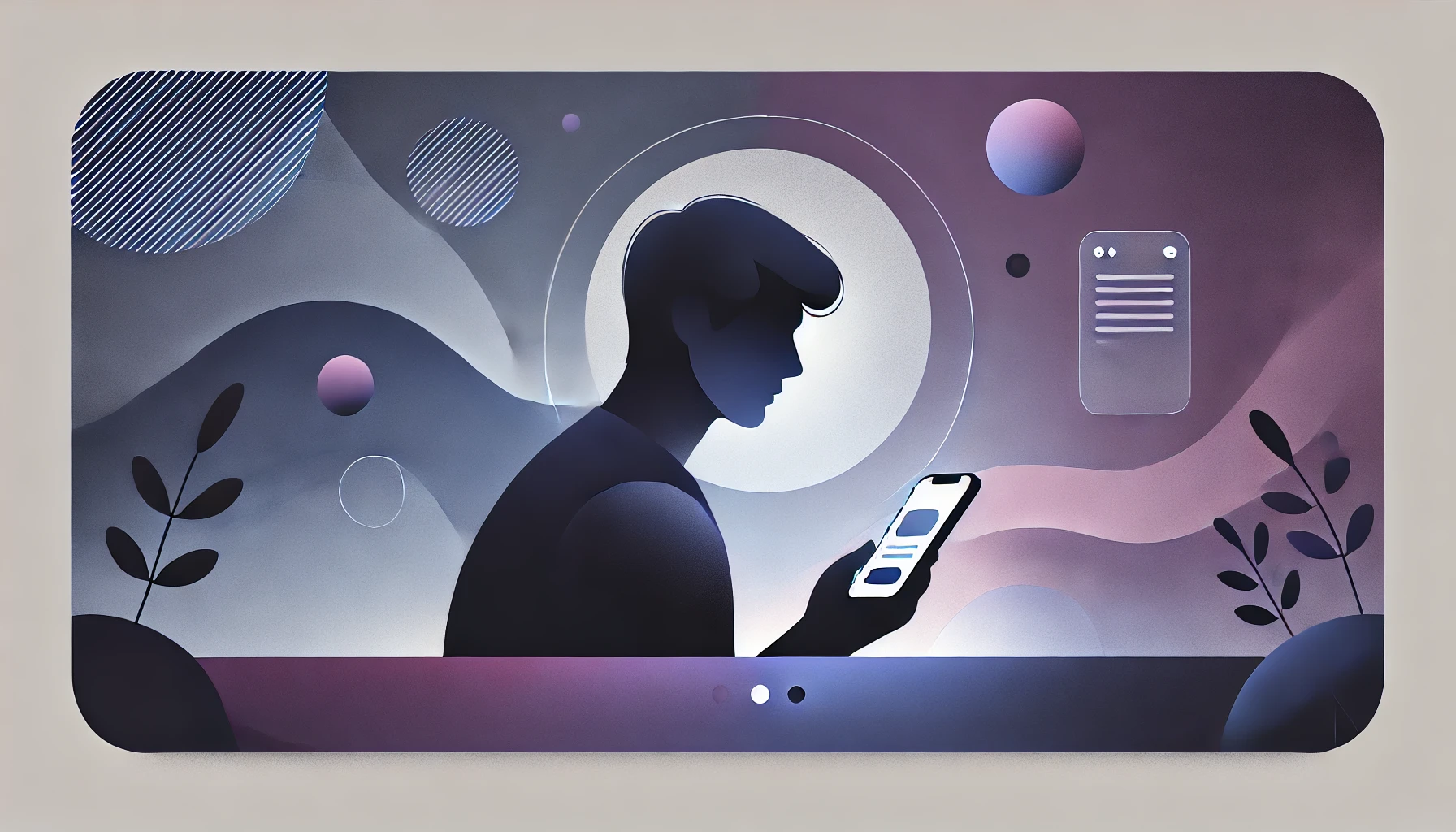
Objective is to present an effective approach for Interaction modeling in the context of pattern centric UCD approach. Our methodology addresses issues with knowledge transfer across multiple roles involved in crafting user experience and inculcates designers to think in terms of pattern language to drive towards an ideal design.
Goals
- Learn alternative method for interaction modeling in the context of pattern-based design approach for enterprise applications
- Learn tools and processes to help Inculcate designers to think in terms of pattern language from early stages of design process.
- Contemplate if people from different roles working on the same family of applications drive towards a common solution
- Establish relation between user goals, Interaction model and UI patterns, standards & guidelines
Introduction
Pattern centric design approach is evolving over several years now and the importance has been widely accepted and established especially in the enterprise application space. With this approach, several tools and process changes are inevitable. This poster discusses such process changes in task analysis and an effective approach for interaction modeling.
For the purpose of the poster, lets keep the general definition. Interaction modeling is a process of analyzing and articulating the kind of behavior that you expect users to perform when they interact with the application. A diagram that captures the users expected behavior and dialog/communication design is called an interaction model. They are used to model the behavior of several objects in a use case.
Setting the context
Interaction modeling is considered the most essential step in the design process. With different people working on various parts and stages of crafting the user experience a complementary modeling technique is necessary. The purpose of the new technique would not be to replace existing task analysis drawing techniques, but rather give an alternate view, which in inline with the patterns & standards.
Pattern driven Interaction Modeling (PdIM) works best for product-based firms or for designing a family of applications, were design patterns, standards and guidelines are in place, which takes care of consistency and other design related issues in the long run. This may not apply directly to non-pattern-based approaches in UCD.
Lets first discuss the current problem with existing modeling techniques and the philosophy and theory behind our solution. Finally we will see how this technique works in Practice.
Current Problem
In a multidisciplinary design team there is no satisfactory technique for representing a task analysis and
Translating that to an interaction model. Currently used methods are often too obscure to be widely understood or share fewer details. Diagram styles often have a line drawing style that works quite well for some and yet is confusing for others. Some users demand UML, others data flow techniques; others want scatter diagrams, etc.
Though we can use sequence, activity and state chart diagrams to represent the internal behavior of the system, representing a system specification/design in disparate models, do not capture the user interaction and usability issues and hence decision-making becomes difficult.
All these models contain many diagrams and constructs that are redundant or infrequently used. With imprecise semantics there are problems in learning and adopting. None of the current models relate to the existing design patterns, design guidelines or standards.
Our Approach
Interaction modeling is just not about representation problem; it is to break down the complex information into simpler and more productive format, which leads to an ideal design. The principles that drove towards PdIM were mapping User Interaction goals & Patterns, separation and layering, visual proximity towards UI elements relating to existing standards & guidelines. Initially we classified the user actions in terms of Interaction goals & Levels, then mapped against the application types and existing set of UI patterns. These sets of patterns may vary for different companies or different product lines, but the underlying mapping is possible, in a similar method.
Depending on the tasks to be performed, user proceeds with certain intentions, which can be classified as interaction goals viz Go, Watch and Act. The interaction goals are the same across different types of applications; they can be considered to be the elementary blocks of the interaction model.

Go — User intends to ‘go’ to a ‘place’ or a ‘view’. This interaction goal comprise situations like Shortcuts, snapshot center, mailbox “link things” Includes launch buttons, hyperlinks etc
Watch — User intends to ‘watch things’ & needs to decide on how to proceed. Includes Reports, views, monitors, notifications, multiple occurrence screens, tree views etc
Act — User intends to ‘act-on’ or ‘manipulate’ the parameters or data to create or modify some data. Includes create, delete, edit, manage, develop etc.
User Interaction levels

An application can enable user to perform a unique task, or a number of tasks, in various steps. A step may represent an interaction goal, or a combination of them. Therefore, a step may come to represent an Activity. Each of such groups forms an interaction level. For an easy and intuitive workflow, the activities should be clearly demarcated and handled separately.
Mapping Interaction goals & Widgets

We will talk more in detail about how PDIM can be practiced in our next blog.







